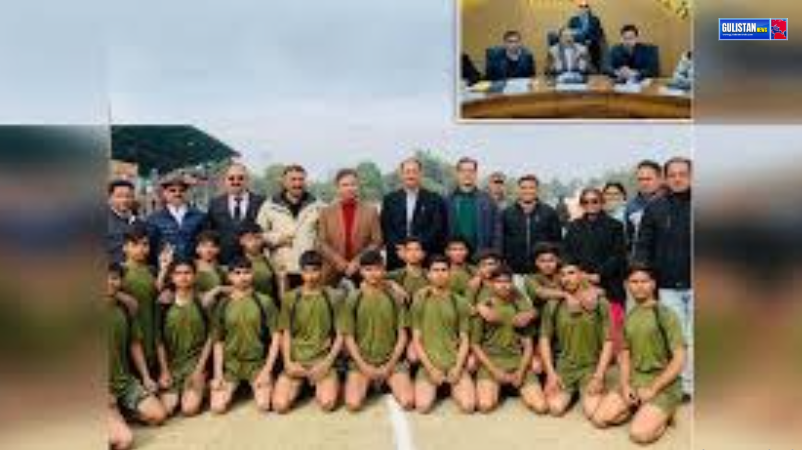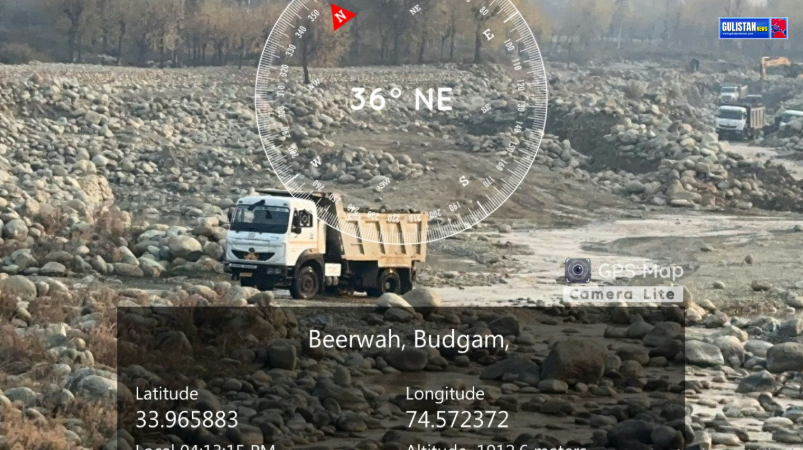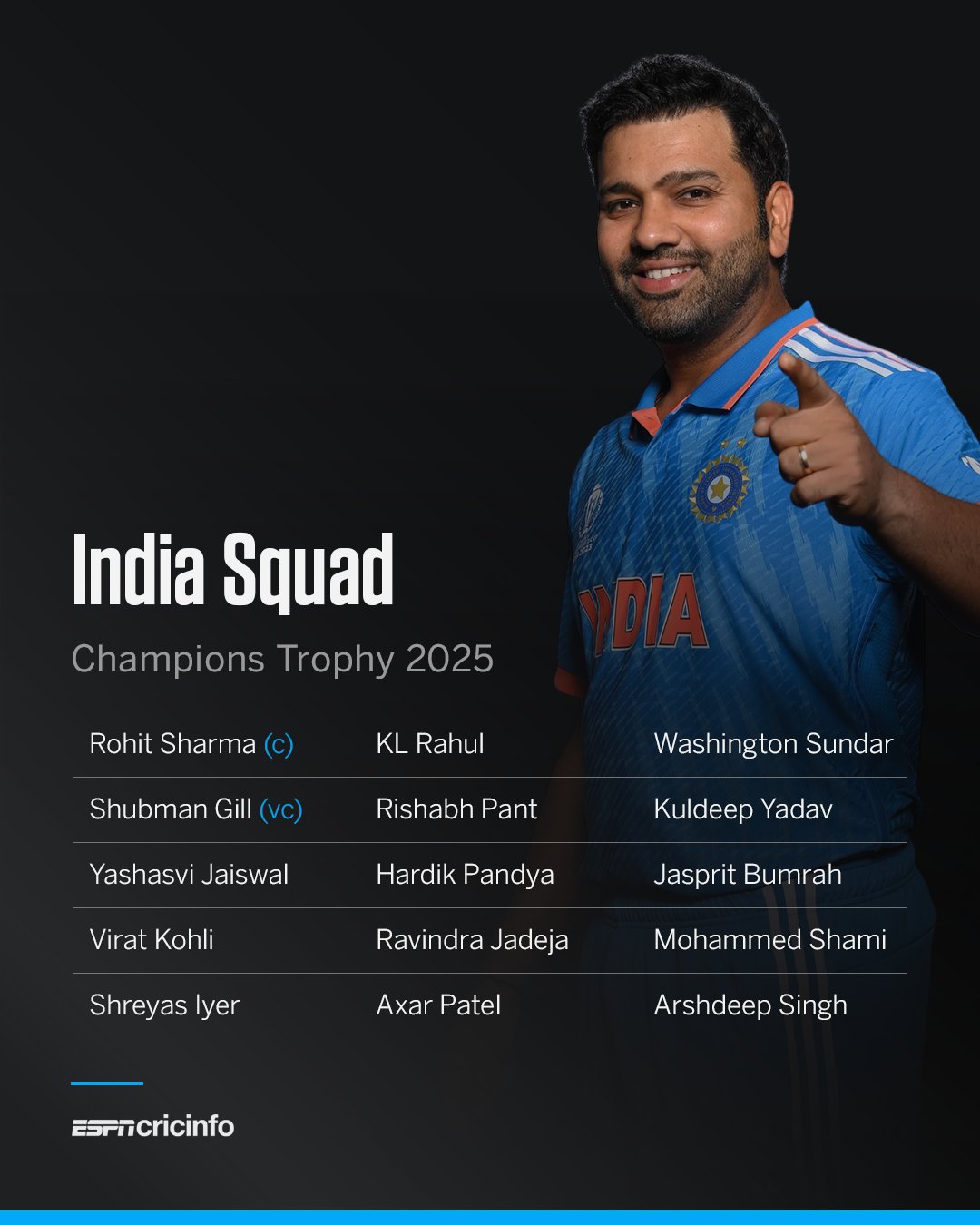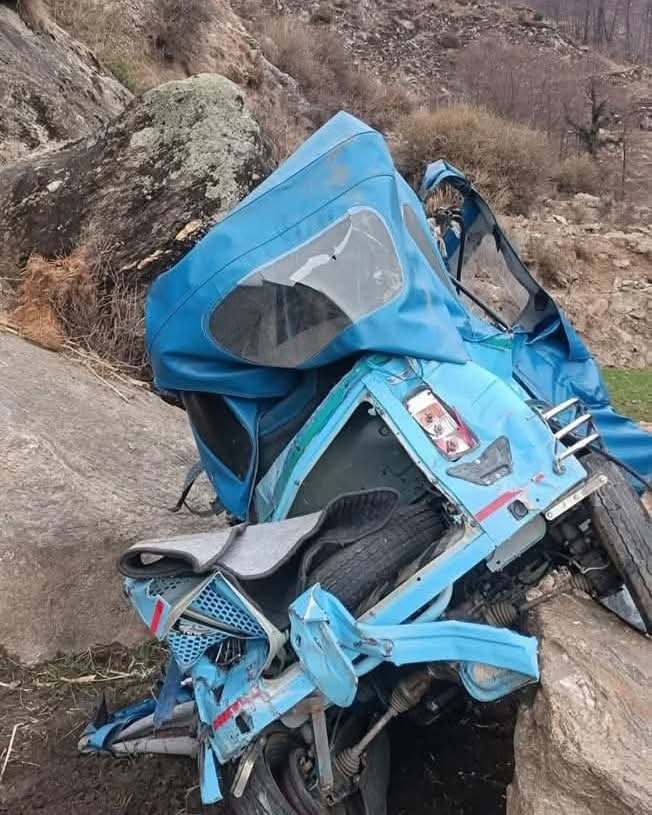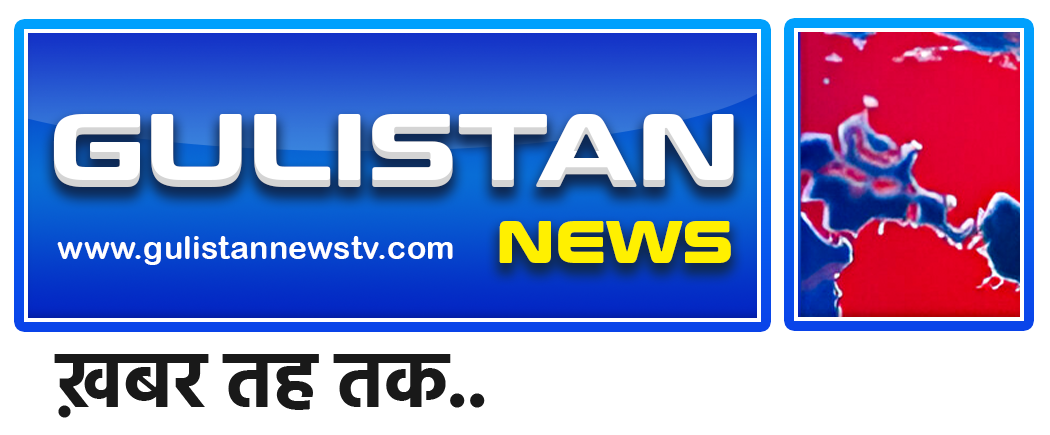India’s third lunar mission, Chandrayaan-3, successfully took off on July 14 at 2:35 pm using the Launch Vehicle Mark 3 (LVM 3) rocket from the second launchpad at the Satish Dhawan Space Centre in Sriharikota.
The liftoff of the LVM3-M4 rocket occurred without any issues, with stage separations executed precisely as planned, according to ISRO.
After a trouble-free flight, the satellite entered orbit, and ISRO declared the Chandrayaan-3 mission accomplished.
The countdown for liftoff began 25.30 hours earlier at 1:05 pm.
A large crowd of over 10,000 people from Tamil Nadu, Andhra Pradesh, and Karnataka gathered at Sriharikota to witness the launch from the dedicated space gallery set up by ISRO near the main entrance of the space center.
ISRO confirmed that a review of mission readiness had been conducted prior to the scheduled launch, including a “Launch Rehearsal” that simulated the entire launch preparation process.
India’s third lunar mission, Chandrayaan-3, successfully took off on July 14 at 2:35 pm using the Launch Vehicle Mark 3 (LVM 3) rocket from the second launchpad at the Satish Dhawan Space Centre in Sriharikota.
The liftoff of the LVM3-M4 rocket occurred without any issues, with stage separations executed precisely as planned, according to ISRO.
After a trouble-free flight, the satellite entered orbit, and ISRO declared the Chandrayaan-3 mission accomplished.
The countdown for liftoff began 25.30 hours earlier at 1:05 pm.
A large crowd of over 10,000 people from Tamil Nadu, Andhra Pradesh, and Karnataka gathered at Sriharikota to witness the launch from the dedicated space gallery set up by ISRO near the main entrance of the space center.
ISRO confirmed that a review of mission readiness had been conducted prior to the scheduled launch, including a “Launch Rehearsal” that simulated the entire launch preparation process.
Chandrayaan-3 consists of a lander, a rover, and a propulsion module, weighing approximately 3,900 kilograms. The LVM 3, having traveled 3.84 lakh km, is set to land on the moon on August 23-24.
Successful completion of the Chandrayaan-3 mission will place India in an elite group of countries, including the US, Russia, and China, that have achieved lunar landings.
The Chandrayaan program was first announced on August 15, 2003, by the late Prime Minister Atal Bihari Vajpayee.
Chandrayaan-1, the first mission, launched on October 22, 2008. The mission confirmed the presence of water molecules on the moon’s surface but ended on August 28, 2009, according to ISRO.
Chandrayaan-2, the second mission, was launched on July 22, 2019, and entered lunar orbit on August 20, 2019. The Vikram Lander, however, lost contact at an altitude of 2.1 km from the lunar surface, negatively impacting India’s reputation in space exploration.
Chandrayaan-3 is a follow-up mission to the second lunar mission, expected to handle challenges more effectively than its predecessors.
The mission aligns with Narendra Modi’s government’s efforts to boost investment in space launches and satellite-based businesses.
Chandrayaan-3 carries a total of eight payloads: four on the Vikram lander, two on the Pragyan rover, and one on the Orbiter’s Propulsion Module.
The propulsion module, along with the lander, will embark on a month-long journey towards reaching the moon’s orbit, ending approximately 100 km above the lunar surface.
Once at the desired altitude, the lander module will initiate its descent for a soft landing in the moon’s south pole region, expected to occur on August 23 or 24, according to ISRO scientists.
Also Read: Braj Raj Sharma appointed as State Election Commissioner J&K




